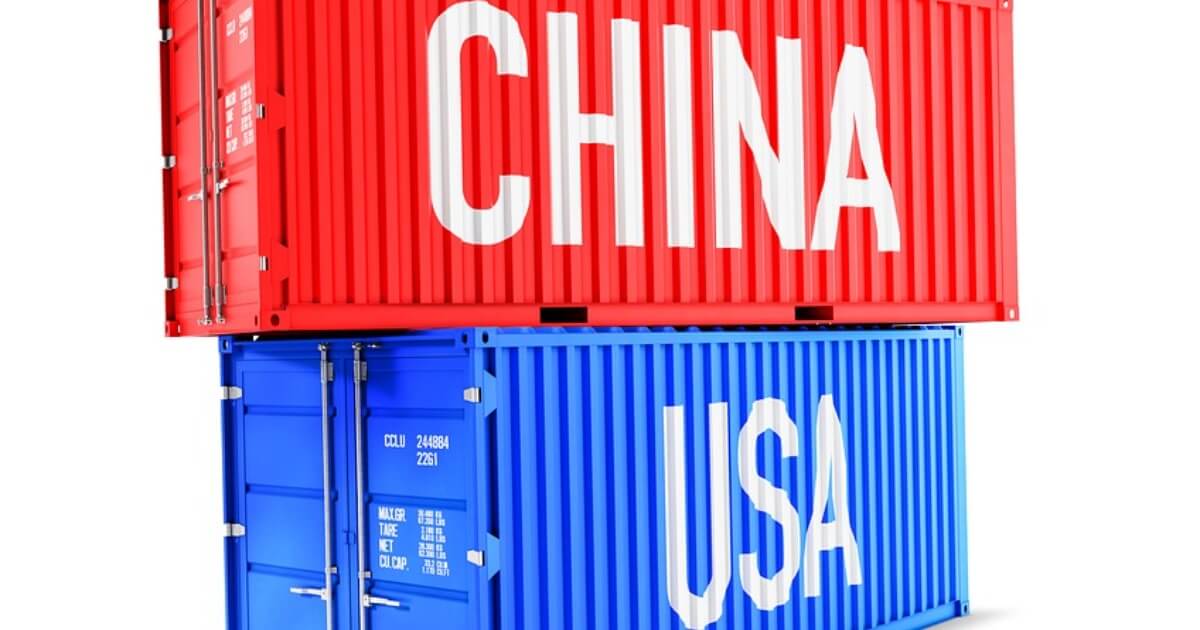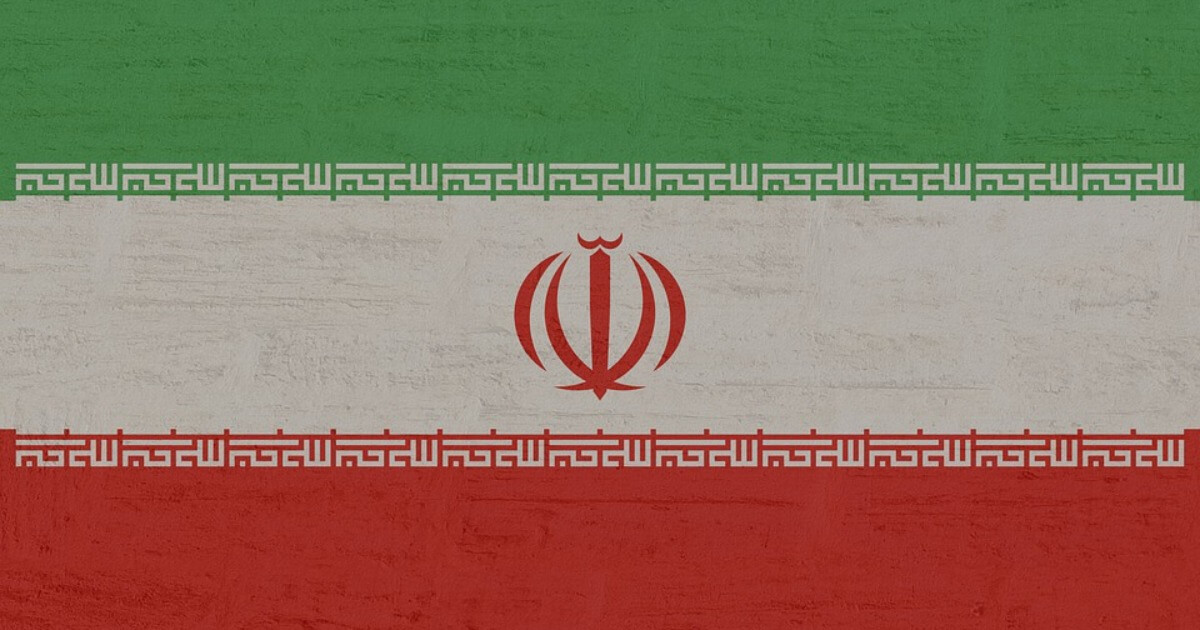Assessing “Phase One” of the US-China Trade Deal
Will China really halt technology transfers that it has required under many joint venture deals with U.S. companies?
January 15, 2020

“Phase One” of the U.S.-China trade agreement that is being signed in Washington today is a step forward but it leaves many in the United States frustrated.
Enforcement is one major concern. The 80-plus page agreement commits China not only to boost purchases of U.S. agricultural products, but to halt technology transfers required under many joint venture deals with U.S. companies.
Robert Lighthizer, the U.S. Trade Representative, says yes, the Chinese will actually make good on those promises. But he concedes that the extent to which China keeps its promises depends on whether reformers or hardliners hold the reins of power in Beijing.
Should the Chinese fail to comply, U.S. tariffs, which are to be gradually eliminated under the “Phase One” deal, can be reactivated.
Key items are unresolved
Left out for now are big issues involving high tech, subsidies and the trade distorting “Made in China 2025” industrial policy. Carnegie Mellon professor Lee Branstetter sees the China 2025 initiative as Beijing’s pursuit of “an aggressive industrial policy that seeks to exclude, expropriate, and overtake foreign firms.“ China, Branstetter says, “remains the most digitally protectionist major economy in the world.”
China, of course, does not play fair — as any first-time visitor to China quickly understands when he opens his laptop. China’s Great Fire Wall means that Google is not accessible. Similarly, there’s no Twitter, Facebook, gmail, YouTube, Wikipedia, New York Times or Washington Post.
Pat Bajari, Amazon’s chief economist, says China’s data localization law unfairly prohibits the export of data. Last April, Amazon eliminated third party selling on its Chinese website and remains a player on the Chinese internet.
Trump’s lasting impact on trade
Robert Atkinson, president of the Washington-based Information Technology and Innovation Foundation, credits President Trump with blowing the whistle on unfair Chinese practices.
Those had been effectively ignored by presidents Obama and the second George Bush. “He has awakened America to the Chinese threat and that game changer will endure no matter who wins the 2020 presidential election.”
Daniel Russel of the Asia Society Policy Institute calls both presidents Trump and Xi Jinping economic nationalists. “There are parallels,” he said, between Trump’s “Make America Great and Xi’s China Rejuvenation.” Both narratives, he says, are nationalistic and make technological leadership a top priority.
The “G2” are beginning to tango
The path to a broader, more significant trade deal is obviously difficult. Not only are both countries vying for global leadership. They also operate on the basis of strikingly different political structures.
That makes the “Phase One” deal significant. Washington and Beijing are finding ways to communicate.
How far can they get?
The real question is trust and whether China and the United States will play by established trade rules. There are worries that they may end up making a deal that fits only their own bilateral interests, to the detriment of the global trading system.
At a minimum, U.S.-China trade is being rebalanced, correcting some of the inequities that have long favored China.
Takeaways
US-China trade is being rebalanced, correcting some of the inequities that have long favored China.
China does not play fair -- as any first-time visitor to China quickly understands when he opens his laptop.
Not only are the US and China vying for global leadership. They also operate on the basis of strikingly different political structures.
The extent to which China keeps its promises depends on whether reformers or hardliners hold the reins of power in Beijing.
